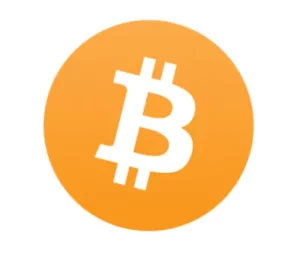
The Top Trends 2025 Shaping Blockchain Utility: How Blockchains Are Adopting to Reflect the Future of Web3
As blockchain technology continues to evolve, it’s clear that utility is becoming an increasingly crucial aspect. No longer can blockchains solely focus on speculation and market fluctuations; instead, they must adapt to reflect the future of Web3. In this article, we will explore the top trends that are shaping blockchain utility in 2025.
**1. Solana’s Rise to Prominence**
Solana has emerged as a significant player in the blockchain space, with over 2,000 monthly active developers in 2024. This growth is largely attributed to its ease of development and scalability, making it an attractive option for developers looking to create cost-effective applications. The trend of decentralized governance on platforms like Solana underscores the importance of empowering communities to shape their own destiny.
**2. Restaking and Security**
Restaking ensures robust network security by promoting long-term staking commitments from validators. This approach not only enhances network resilience but also incentivizes developers to build sustainable projects that benefit the broader ecosystem. The focus on security highlights the industry’s growing understanding of its critical role in creating a trustworthy Web3 landscape.
**3. Interoperability and Cross-Chain Applications**
The rise of interoperability solutions has opened doors for new possibilities in cross-chain applications, enabling seamless interactions between different blockchain networks. This trend showcases the potential for decentralized finance (DeFi) platforms to expand beyond their individual boundaries, fostering innovation and collaboration across the ecosystem.
**4. Decentralized Governance and Community Engagement**
Decentralized governance is reshaping how communities interact with blockchain projects, emphasizing the importance of transparency and accountability. Platforms like Eigenlayer, Solana, and Agoric are leading the charge by providing frameworks that allow communities to drive decision-making processes. This democratization of decision-making paves the way for more inclusive and resilient ecosystems.
**5. JavaScript-based Smart Contracts**
Agoric’s innovative approach to smart contracts in JavaScript has set a new standard for ease of development, allowing an unprecedented number of developers (over 17 million) worldwide to contribute to Web3 projects. This democratization of blockchain development is crucial for the widespread adoption of decentralized technologies.
**Conclusion**
These trends are not only indicative of blockchain’s evolution but also represent a critical turning point in its history. As we look ahead to 2025, it’s clear that blockchains must prioritize utility and practicality if they are to succeed in revolutionizing industries and empowering users worldwide. By addressing fundamental challenges like security, interoperability, and accessibility, the next wave of innovations will pave the way for a future where blockchain technology is not just talked about but actually utilized.
As the Web3 landscape continues to evolve at an incredible pace, it’s essential that we stay informed about these trends shaping the industry’s trajectory.
Source: zycrypto.com


